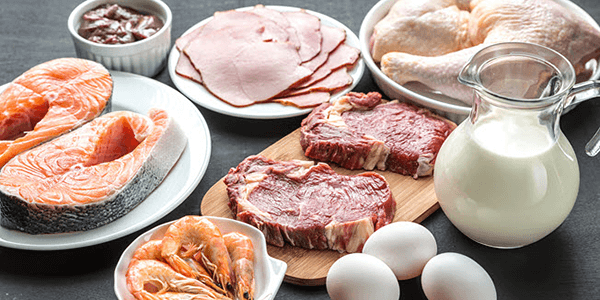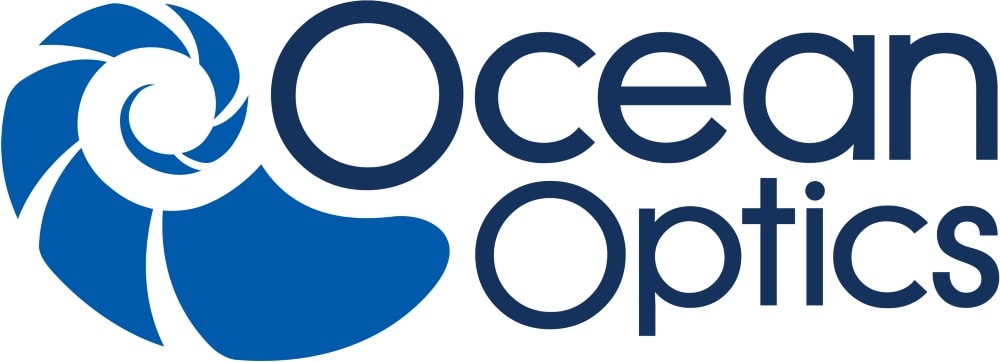Demonstration of the robustness and productivity of the Thermo Scientific™ TSQ™ 9000 triple quadrupole GC-MS/MS system with Thermo Scientific™ Chromeleon™ Chromatography Data System software in the routine analysis of polychlorinated dibenzo-p-dioxins and polychlorinated dibenzo-p-furans, dioxin-like polychlorinated biphenyls (PCBs), and indicator PCBs in food and feed samples.
Introduction
Dioxins and dioxin-like compounds are highly toxic substances classed as persistent organic pollutants (POPs). Due to their high fat-solubility, dioxins accumulate in the fatty tissues of animals. As a result, more than 90% of human exposure to dioxins is through food, especially meat, dairy, fish, etc. Therefore, accurate monitoring of food and feed is essential to control dioxin uptake from the food chain.1
In 2014 a change in European Commission regulations2,3 permitted gas chromatography-triple quadrupole mass spectrometry (GC-MS/MS) to be used as an alternative to gas chromatography-high resolution mass spectrometry (GC-HRMS) for confirmatory analysis and for the control of maximum levels (MLs) and action levels (ALs) in certain food and feed samples. Even though the utility of GC-MS/MS for this application has been demonstrated in principle,4 there is a lack of robust data to validate the suitability of GC-MS/MS, especially for the long-term routine analysis of hundreds of samples. This is further confused by the absence of a clear protocol regarding the setting of appropriate limit of quantification (LOQ) values for GC-MS/MS analysis, with both signal-to-noise (S:N) and calibration-based approaches being used in some validations.






